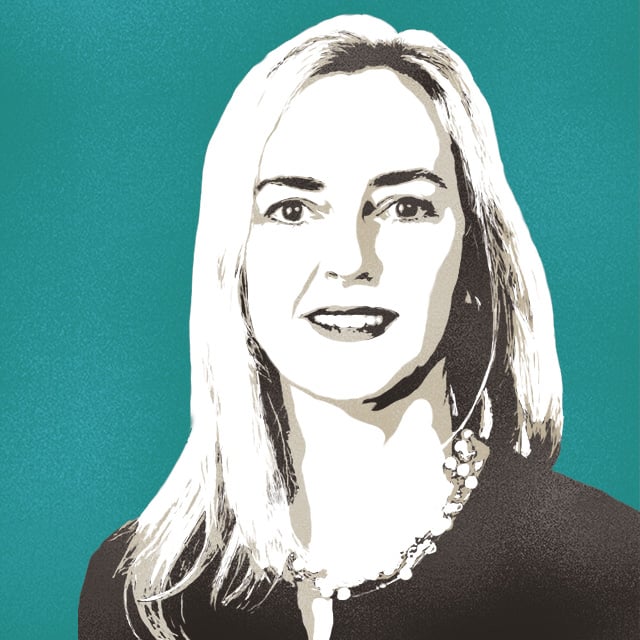Top DOL Official Sees a 'Nonsensical' Reality at Heart of Fiduciary Fight

What You Need to Know
The current state of best-interest regulation is too complicated for retirement investors to understand, saysAli Khawar, EBSA’s second in command.
The goal of the Retirement Security Rule is to ensure best-interest advice meets a common standard, no matter the investment product, he says.
ERISA attorney Fred Reish contends that the NAIC standards for insurance are not bad, just lower than a true fiduciary standard.
A top Labor Department official in charge of spearheading the new fiduciary rule, officially called the Retirement Security Rule, foresees an unlevel playing field in the retirement planning marketplace if the rule is ultimately struck down.
At the inaugural Certified Financial Planner Board of Standards Connections Conference in Washington in early October, Ali Khawar, principal deputy assistant secretary for the Employee Benefits Security Administration, laid out the reasons why the Biden Labor Department continues to fight for a fiduciary rule.
The Labor Department filed on Sept. 20 in the Fifth Circuit Court of Appeals to reverse two rulings from federal courts in Texas that temporarily stopped the new fiduciary rule from taking effect.
Before the stays were granted, the rule was set to take effect on Sept. 23.
“Whether or not this rule ultimately succeeds or fails in the judicial process, I don’t think over the long term we are in a stable situation,” Khawar said at the event. “To me it continues to be kind of nonsensical that you’re expecting any of your clients to walk into someone’s office and have in their head: ‘I’m dealing with this person who’s going to sell insurance to me, this person is relying on [Prohibited Transaction Exemption] PTE 84-24, not [PTE] 2020-02. Those things shouldn’t mean anything to the average American. And we shouldn’t expect them to.”
If the rule and the exemptions are struck down, “we are going to be in the situation where, again, the onus is on those customers to not just understand: ‘What is the thing that I’m getting advice about? What is the regulatory regime? What are the consequences of being in that regulatory regime?’ That doesn’t seem that it’s a stable resting point from a regulatory standpoint where you have such disparity in standards, so I do expect that there will be more action on this over the coming years.”
The Playing Field
Since Labor started working on a fiduciary rule in 2010, a lot of academic research has been released and other agencies have taken action, Khawar said.
When Labor was “looking at the playing field, what we saw was that you’d had very significant steps taken — the CFP Board’s conduct standards that are now required for CFP professionals, but also regulatory bodies, most notably the SEC had gone forward and completed its Reg BI package … which really in the broker-dealer space transformed what it means to be in the advice market,” Khawar said. “When we looked at the insurance market, though, we didn’t quite see the same thing.”
Under the National Association of Insurance Commissioners’ model rule, for example, “compensation is not considered a conflict of interest,” Khawar said.
“So there are pretty stark differences between what you see in the CFP standard, the Reg BI standard, and what has now been adopted by almost every state, one notable exception of New York, which has adopted a standard that is significantly tougher than the NAIC model rule.”
A ‘True’ Fiduciary Standard
With a “true” fiduciary standard, ERISA attorney Fred Reish, partner at Faegre Drinker, added on the panel with Khawar, “there’s a three-step process for making advice: get the details about where the people are now, then you have to get the profile of the investor — learn about their needs and circumstances — then you have to formulate how they will be invested, what you’re going to recommend based on their profile, their needs,” Reish said.
The final step: “compare that to where they are now.”




